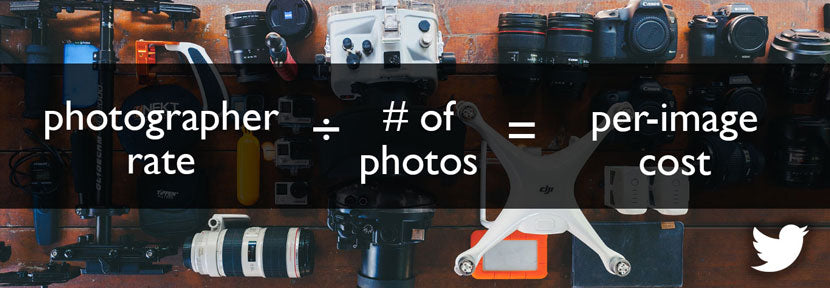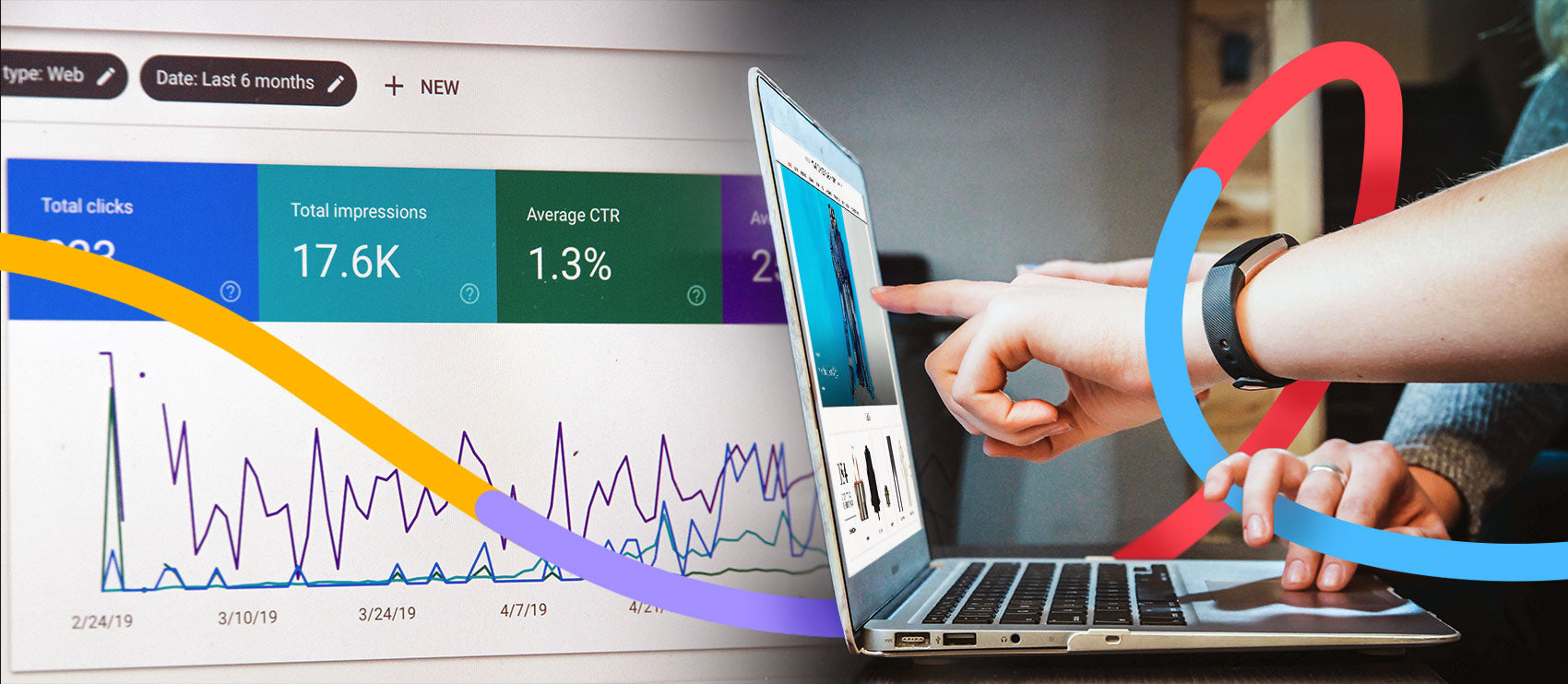For online shoppers, price is the main driving factor to make a purchase. But that doesn’t mean you should be quick to discount the importance of your product’s photos.
78% of those online shoppers want to see products brought to life through imagery. Yet, retailers aren’t delivering. More than three-fourths of consumers want more photos — at least three photos, to be exact.
You could go the DIY route, but poor-quality images might do your brand more of a disservice than no photos at all. That’s why many online retailers hire professional product photographers to capture high-quality images, in hopes to sell more product.
Hiring a freelance photographer is no joke. Depending on where you do business, a qualified, professional product photographer could cost you thousands of dollars (sometimes tens of thousands!) That’s why it’s important to hire the right person (the first time) so you can feel confident in your investment — and have photos that will impact your bottom line.
Most of your vetting process should focus on thoroughly examining potential photographers’ portfolios and testimonials. But there are several questions you can ask to help you make the right choice:
What type of equipment do you use?
A hired photographer should have appropriate equipment to accomplish the job and capture the photos you need. Obviously, you want a photographer who owns a high-quality camera and lens, but they should be prepared with more than that.

The right equipment goes beyond the camera — you need a photographer who will take care of lighting, props and staging the photos. Plus, once you know a photographer’s capabilities, you can also determine which items you’ll need to put on your to-do list.
How many photos can we expect to get?
This is the “how much bang do I get for my buck?” question.
Of course, the right answer depends on the task at hand. For straightforward, white-background product photos, you should expect more, whereas a shot with models may yield fewer photos.
To determine the “right” answer to this question, ask it to each of your candidates. You’ll be able to compare answers and figure out a reasonable range.
From there, you can take that number and divide it by their rate to calculate the per-image cost.
Let’s look at a few examples:

Generally, more photos is better — especially if you’re shooting for digital use. It’s always better to have a wide variety of shots to choose from (even if they’re unedited) and create synergy across channels with similarly shot images.
Pro tip: Don’t hire a photographer solely on the per-image rate. No matter how low the prices, no retailer can afford to purchase poor-quality product photos.
Are you insured?
The short answer here should be “yes.”
If a photographer answers “no” to this question, that’s a red flag. Should an injury, damaged equipment or other costly accidents occur during the shoot, you could find yourself in an unwanted legal situation.
What’s your background and credentials?
If a photographer hasn’t had formal training or education, and hasn’t earned any accolades, that doesn’t mean you need to write them off completely. Again, the photographer’s portfolio should do most of the talking, but this question can help you feel more comfortable in your decision.
To determine a photographer’s background and credentials, ask these questions:
- Where did you train for professional photography?
- How long have you been a commercial photographer?
- Are you a Certified Professional Photographer (CPP)?
- What’s your experience in this industry?
- What clients have you worked with in the past?
- What clients do you work with now?
Industry experience is always a plus, and knowing the caliber of their clients can help you understand the quality of work and level of professionalism.
You can also check out photography professors. “I started out looking on some of the local university websites at the photography department and getting a sense of who teaches,” says Melissa Stern, director at Comprehensive Cranium Care. “A lot of times those teachers are also photographers, and so I started just doing some stalking, looking at their Instagrams and who they were, and then followed those leads.”
Where can I see your portfolio?
If you haven’t already seen it, always ask any potential photographer to see their portfolio. If they can’t point to previous work, then you might want to look elsewhere.

While looking at their portfolio, consider whether their aesthetic matches your brand and if they have experience in your industry. Pick out a few photos that you like the best to show them as examples of what you’re looking for and why.
What is your photographic style?
The answer to this question gives you an idea of how well the photographer’s aesthetic will match your brand.
What does your fee include?
Fee structure
Photographers may charge by the hour, the day (or half-day), the photo or the product. Find out how your potential photographers charge for their services, and refer back to the per-image rate calculation to do a cost comparison.
What is and isn’t included
If you need your photographer to provide services outside your agreed-upon scope of work, you may have to pay incremental charges. Here are some things that may or may not be included in your photographer’s rate:
- Props
- Styling
- Photo editing
- Overtime, if the shoot goes past schedule
- Photo assistants
- Travel expenses
What is the turnaround time?
Some photographers can deliver unedited photos right away, so you can quickly share on social media as a sneak peek. Others require a specific amount of time between the shoot and the date of delivery for original and edited files.
If you have a tight deadline, you’ll need someone who can quickly deliver your photos. Even if time isn’t a top priority, it’s still important so that you can schedule other initiatives around the photos.
Your web team can prepare for the massive upload of photos, your marketers can create calendars, and your customer support team can be prepared to answer any questions about the new product photography.
Do you have backups?
Every experienced professional photographer should have a backup plan, when it comes to staff and equipment.
What happens if they get sick or the camera breaks during the shoot? This becomes especially important if you have additional hired help, whether it’s your company’s employees, models or anyone else involved in the shoot.
What are the rights to the photos?
The license, or agreement between you and your photographer, establishes the usage rights for the photos. Photographers typically maintain the copyright of their creative property, but you — as the paying client — are entitled to use the photos in the ways you intended.
Know the mediums and channels you intend to use the photos so you can be prepared to share that with the photographer. Photographers also use that information as they’re determining the quote. At the end of the day, the agreement needs to protect and appease both parties.
What do you need from me?
The purpose of this question is to help your relationship start off on the right foot. While the answer may not reveal much, it can help build a positive repertoire with the photographer. And if there’s a good relationship, the results are sure to be better.
At the end of the day, it’s important that the photographer asks you the right questions to better understand your needs. If the photographer seems committed to meeting (or exceeding) your expectations, you can use that info, and their portfolio and recommendations to compare your top candidates.
Before you upload your product photos to your website, make sure they’re optimized for SEO >





